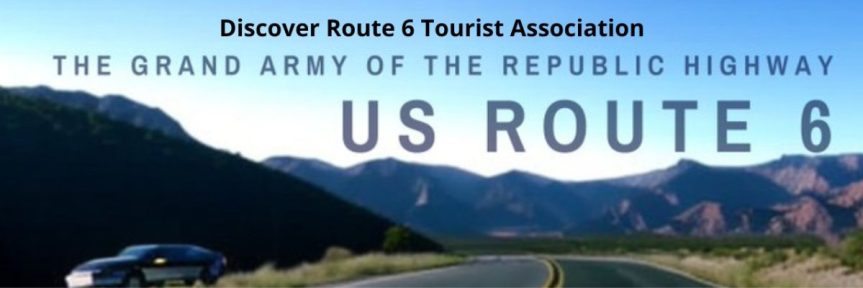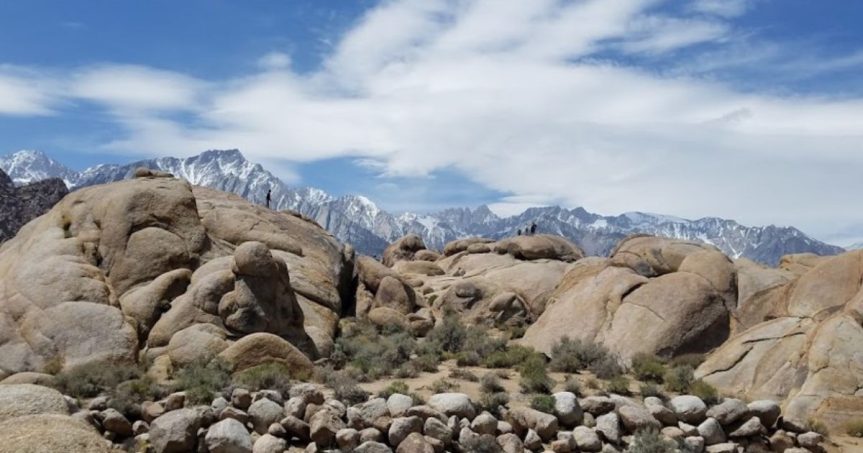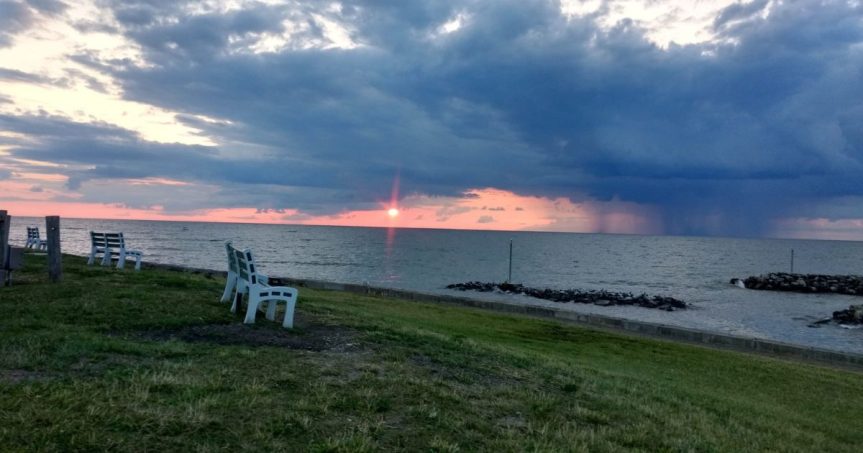Discover Newton Connecticut
Exploring new places often comes with a hefty price tag, but that doesn’t have to be the case in Newton, Connecticut. Home to picturesque scenery, rich history, and a welcoming community, Newton offers an array of free activities that are perfect for locals, tourists, and budget travelers alike. This blog post will uncover some of the best free things to do in Newton, ensuring you can enjoy all that this charming town has to offer without breaking the bank.
Welcome to Newton, Connecticut
Nestled within Fairfield County, Newton is a town brimming with New England charm. Known for its scenic beauty and vibrant community, Newton provides a blend of historical landmarks, outdoor adventures, and cultural experiences. Whether you’re a resident looking for new ways to enjoy your hometown or a visitor aiming to explore Newton without spending a fortune, you’ll find plenty of free activities to keep you entertained.
In this post, we’ll guide you through various budget-friendly activities, from outdoor escapades to cultural gems. Get ready to discover the best of Newton without opening your wallet!
Exploring the Great Outdoors
Parks and Recreation Areas
Newton boasts several parks and recreation areas perfect for anyone looking to soak up the natural beauty of Connecticut. Dickinson Memorial Park is a local favorite, offering expansive green spaces, walking trails, and even a playground for the kids. Pack a picnic and spend the day exploring the park’s many amenities.
Another great spot is Treadwell Park, known for its well-maintained trails and tranquil pond. It’s an ideal place for a leisurely walk or a morning jog. You can also find tennis courts and sports fields here, making it a versatile destination for outdoor enthusiasts.
Hiking and Nature Trails
For those who love hiking, Newton doesn’t disappoint. The Al’s Trail is a popular choice, winding through various terrains and offering beautiful views of the landscape. This 10.7-mile trail is perfect for both beginners and experienced hikers, providing a serene escape into nature.
If you’re into birdwatching or simply enjoy a peaceful walk, the Upper Paugussett State Forest is another excellent option. With its lush forests and well-marked trails, it’s a great way to spend a day immersed in nature without spending a penny.
Seasonal Events and Attractions
Newton is also home to several seasonal events that are free to attend. During the summer, check out the Concerts in the Park series held at Dickinson Memorial Park. These free concerts are a great way to enjoy live music in a relaxed, outdoor setting.
In the fall, don’t miss the annual Scarecrow Contest, where locals showcase their creativity by displaying handmade scarecrows throughout the town. It’s a fun, family-friendly event that adds a festive touch to the autumn season.
Cultural Experiences to Enjoy
Local Festivals and Events
Newton’s cultural calendar is packed with events that cater to all interests. The Labor Day Parade is a must-see, featuring floats, marching bands, and community groups. It’s a fantastic way to experience the town’s spirit and meet friendly locals.
Another event to mark on your calendar is the annual Holiday Festival, which includes a tree lighting ceremony, caroling, and other festive activities. It’s the perfect way to get into the holiday spirit without spending a dime.
Art Galleries and Exhibits
Art lovers will find plenty to appreciate in Newton. The town hosts several free art galleries and exhibits throughout the year. The Art & Frame Gallery, for example, frequently showcases the work of local artists. It’s a wonderful opportunity to immerse yourself in the local art scene and perhaps even find some inspiration.
Historic Sites and Museums
Newton’s rich history is evident in its well-preserved historic sites and museums. Visit the Matthew Curtiss House, a beautifully restored colonial home that offers free tours. It’s a great way to step back in time and learn about the town’s early settlers.
The Cyrenius H. Booth Library is another historical gem. Beyond its impressive collection of books, the library often hosts free lectures and events that provide insights into Newton’s past and present.
Family-Friendly Fun
Playgrounds and Parks
Families with children will find Newton to be a treasure trove of free, kid-friendly activities. Dickinson Memorial Park, mentioned earlier, is a top spot with its playground and open spaces perfect for running around.
Another excellent choice is the Fairfield Hills Campus, which not only offers scenic walking trails but also has expansive fields where kids can play. It’s a wonderful place for a family outing, complete with picnic areas to enjoy a packed lunch.
Educational Outings
For parents looking to combine fun with learning, Newton’s public library frequently offers free storytimes and children’s programs. These events are designed to engage young minds and foster a love for reading, making them both entertaining and educational.
The Newton Historical Society also organizes free educational tours and activities tailored for kids. It’s a fantastic way to introduce children to the town’s history in an engaging and interactive manner.
Family Events and Festivals
Throughout the year, Newton hosts various family-friendly festivals that are free to attend. The annual Tree Lighting event is a highlight, featuring festive lights, music, and activities that delight both kids and adults. It’s a magical way to kick off the holiday season.
The town’s Fourth of July Celebration is another event not to be missed. With fireworks, live music, and plenty of food vendors, it’s a great way to celebrate Independence Day with the whole family.
Tips for Enjoying Free Activities
Plan Ahead
To make the most of your time in Newton, it’s wise to plan your activities in advance. Check local event calendars and weather forecasts to ensure you don’t miss out on any free events or outdoor activities.
Utilize Public Transportation
Newton’s public transportation system is reliable and can save you the hassle of parking. Many of the town’s attractions are easily accessible by bus, so consider this budget-friendly option when planning your outings.
Pack a Picnic
One of the best ways to enjoy Newton’s parks and outdoor spaces is by packing a picnic. It’s a cost-effective way to dine while enjoying the beautiful surroundings. Plus, many parks offer designated picnic areas, making it a convenient choice for families and groups.
Conclusion
Newton, Connecticut, is a town rich in culture, history, and natural beauty—all of which can be enjoyed without spending a fortune. From scenic parks and hiking trails to vibrant festivals and historic sites, there’s no shortage of free activities for locals and visitors alike.
We hope this guide inspires you to explore all that Newton has to offer while staying within your budget. Share this post with friends and on social media to spread the word about the amazing free things to do in Newton.
Stay tuned for upcoming posts on more budget-friendly activities and events in the area. Your next adventure awaits!
—
By following this well-rounded guide, you’ll discover that enjoying Newton, Connecticut, doesn’t have to come with a hefty price tag. Whether you’re a local resident, a curious tourist, or a budget traveler, there’s something for everyone to enjoy. Happy exploring!




